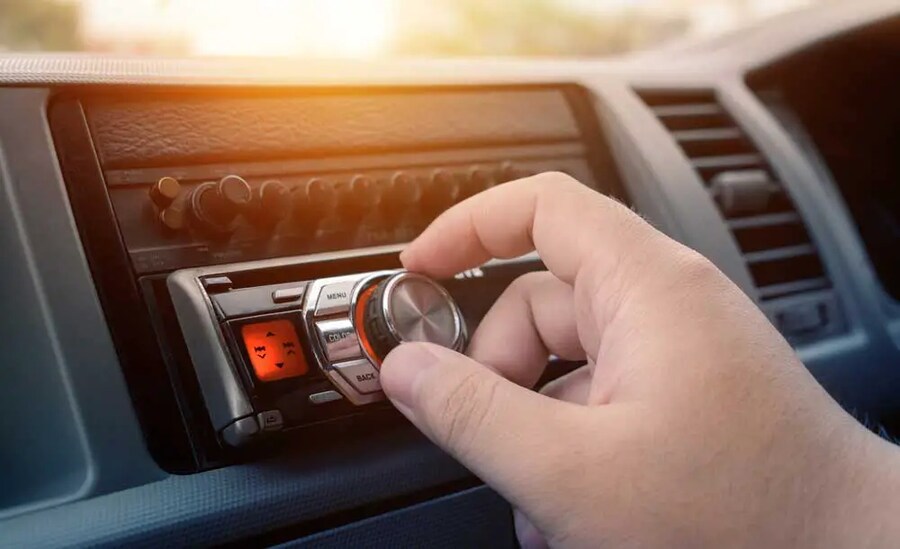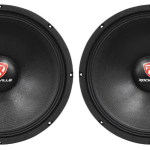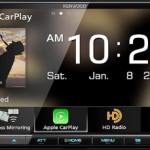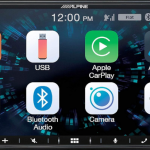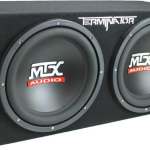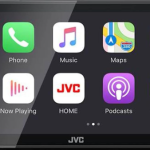Car audio systems are a great way to enjoy your favorite music while on the road. However, sometimes you may encounter issues with the protection mode on the amp of your car audio system, which can be frustrating. In this article, we will discuss what protection mode is, why it may be triggered, and how to bypass it safely.
What is protection mode?
Protection mode is a safety feature designed to protect your car audio system from damage. It is triggered when the amplifier detects a problem with the speaker wires or the speakers themselves. When this happens, the amplifier shuts down to prevent any further damage.
Why is protection mode triggered?
An amplifier goes into protection mode when it detects an abnormal condition, which could be caused by a variety of reasons. Here are some common causes of an amplifier going into protection mode:
- Overheating: Amplifiers generate heat during use, and if they get too hot, they can shut down to prevent damage. This can be caused by insufficient ventilation or running the amplifier for extended periods at high volume.
- Short-circuit: If there is short-circuit in the speaker wires or the amplifier’s internal components, it can cause the amplifier to shut down to prevent damage.
- Impedance mismatch: If the amplifier’s output impedance is not matched with the speaker’s impedance, it can cause the amplifier to shut down.
- DC offset: If there is a DC voltage present in the amplifier’s output, it can cause the amplifier to shut down to prevent damage to the speakers.
- Power supply issues: If the amplifier’s power supply is malfunctioning, it can cause the amplifier to shut down or go into protection mode.
How to get amp out of protection mode
A step-by-step guide on how to get your car amplifier out of protection mode:
- Check for loose connections: The first thing you should do is check all the connections between your amplifier and your car’s battery, head unit, and speakers. Loose or faulty connections can cause the amplifier to go into protection mode. Make sure everything is tightly connected and secure.
- Check the power supply: Make sure that your amplifier is receiving enough power from the car’s battery. If the voltage is too low or fluctuating, it can cause the amplifier to shut down. Use a voltmeter to check the voltage at the amplifier’s power and ground terminals. The voltage should be between 12 and 14 volts.
- Check the speaker impedance: If your amplifier is designed to work with a specific speaker impedance, make sure that the impedance matches the speakers you are using. If the impedance is too low or too high, it can cause the amplifier to go into protection mode. Check the specifications for your amplifier and speakers to ensure they are compatible.
- Check the wiring: Make sure that the wiring between the amplifier and the speakers is correct and not damaged. Use a multimeter to check the resistance of the speaker wires to ensure they are not shorted or open.
- Check the amplifier’s settings: If your amplifier has adjustable settings, such as gain, crossover, or bass boost, make sure they are set correctly. Incorrect settings can cause the amplifier to go into protection mode. Check the amplifier’s manual for recommended settings.
- Let the amplifier cool down: If the amplifier has been running for an extended period of time, it may be overheating. Turn off the amplifier and let it cool down for at least 30 minutes before turning it back on.
- Reset the amplifier: If none of the above steps work, try resetting the amplifier. Most amplifiers have a reset button or switch that you can use to reset the amplifier to its factory settings. Check the amplifier’s manual for instructions on how to reset it.
Once you have addressed any issues, reconnect the power source to the amplifier and turn on the car engine. The amplifier should automatically come out of protection mode.
If none of the above steps work, it may be a sign that there is a more significant issue with your amplifier. You may need to take it to a professional for repair or replacement.
How can I reset my amplifier when it is in protection mode?
When an amplifier goes into protection mode, it means that it has detected a problem and has shut down to prevent damage to itself or the speakers. To reset the amplifier, you will need to follow these steps:
- Turn off the amplifier and unplug it from the power source.
- Check for any loose or disconnected cables or wires and reconnect them.
- Check the speaker connections to ensure that they are not short-circuited.
- Wait for a few minutes to allow the amplifier to cool down.
- Turn on the amplifier and check if it still goes into protection mode.
If the amplifier still goes into protection mode, there may be an issue with the amplifier itself or the speakers. In this case, it’s best to have it checked by a professional technician to diagnose and fix the problem.
How can I prevent amp protection mode from being triggered in the future?
To prevent your amplifier from going into protection mode in the future, here are some things you can do:
- Check the impedance of your speakers: Make sure that the speakers you are using are compatible with the amplifier’s impedance rating. If the speakers have a lower impedance than the amplifier, it can cause the amplifier to overheat and trigger protection mode.
- Avoid overloading the amplifier: Make sure that you are not pushing the amplifier beyond its recommended power rating. Overloading the amplifier can cause it to overheat and trigger protection mode.
- Check the wiring: Ensure that all the wiring is correctly connected and not loose or damaged. Loose or damaged wiring can cause the amplifier to go into protection mode.
- Allow adequate ventilation: Make sure that the amplifier is placed in a well-ventilated area with sufficient space around it. Overheating can cause the amplifier to go into protection mode.
- Monitor the volume: Avoid playing music at extremely high volumes for extended periods. High volumes can cause the amplifier to overheat and trigger protection mode.
By taking these preventative measures, you can reduce the likelihood of your amplifier going into protection mode in the future.
How long does it take for an amplifier to come out of protection mode?
The amount of time it takes for an amplifier to come out of protection mode can vary depending on the cause of the problem. In some cases, the amplifier may come out of protection mode immediately after the issue is resolved, while in other cases, it may take longer.
If the amplifier is in protection mode due to overheating, it may take a few minutes to cool down before it can come out of protection mode. However, if the amplifier is in protection mode due to a short circuit or other internal component issue, it may require professional repair, and the time it takes to fix the problem will depend on the complexity of the issue.
It’s important to note that repeatedly turning the amplifier on and off while it’s in protection mode can cause additional damage to the amplifier or the speakers. It’s best to identify and resolve the issue causing the protection mode before attempting to turn the amplifier on again.
Can I still use my speakers when the amplifier is in protection mode?
When an amplifier is in protection mode, it means that it has detected an issue and has shut down to prevent damage to itself or the speakers. In most cases, the amplifier will not output any sound while in protection mode, and the speakers will be silent.
If you attempt to use the speakers while the amplifier is in protection mode, it could cause further damage to the amplifier or the speakers. It’s best to diagnose and resolve the issue causing the protection mode before attempting to use the speakers again.
In some cases, the issue causing the protection mode may be with the speakers themselves. It’s important to check the speaker wiring and connections to ensure that there are no shorts or other issues that could be causing the amplifier to go into protection mode.
If you’re unsure of the cause of the issue or how to resolve it, it’s best to contact a professional technician who can diagnose and fix the problem for you.
Conclusion
Protection mode is an important safety feature that protects your car audio system from damage. Bypassing it is not recommended, and you should address any underlying issues that triggered it. If you are unsure how to fix the issue, seek the help of a professional to avoid causing further damage to your car audio system.

